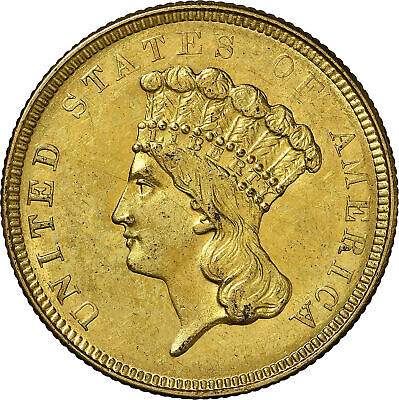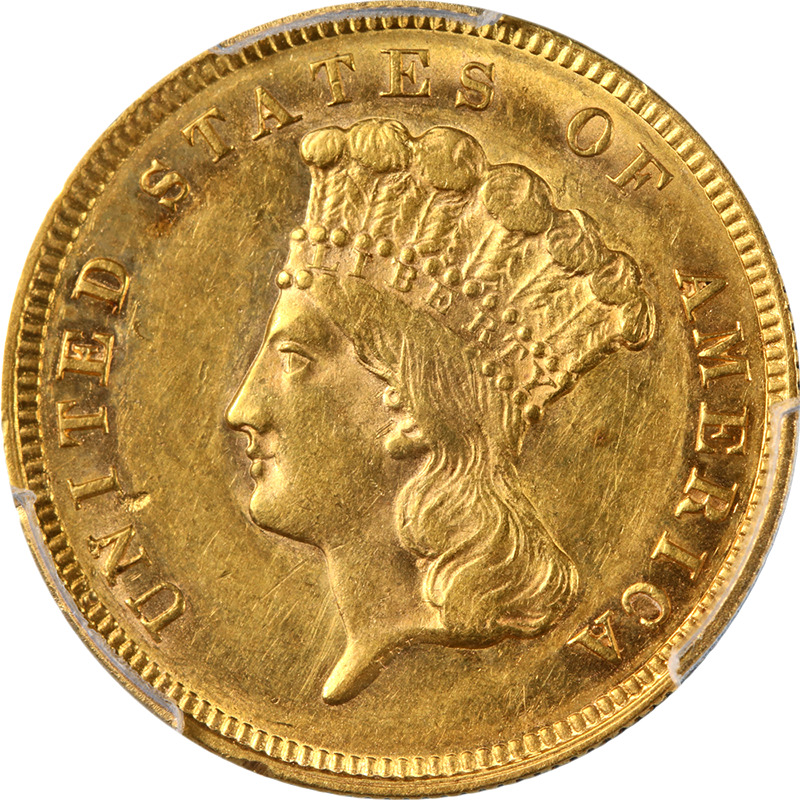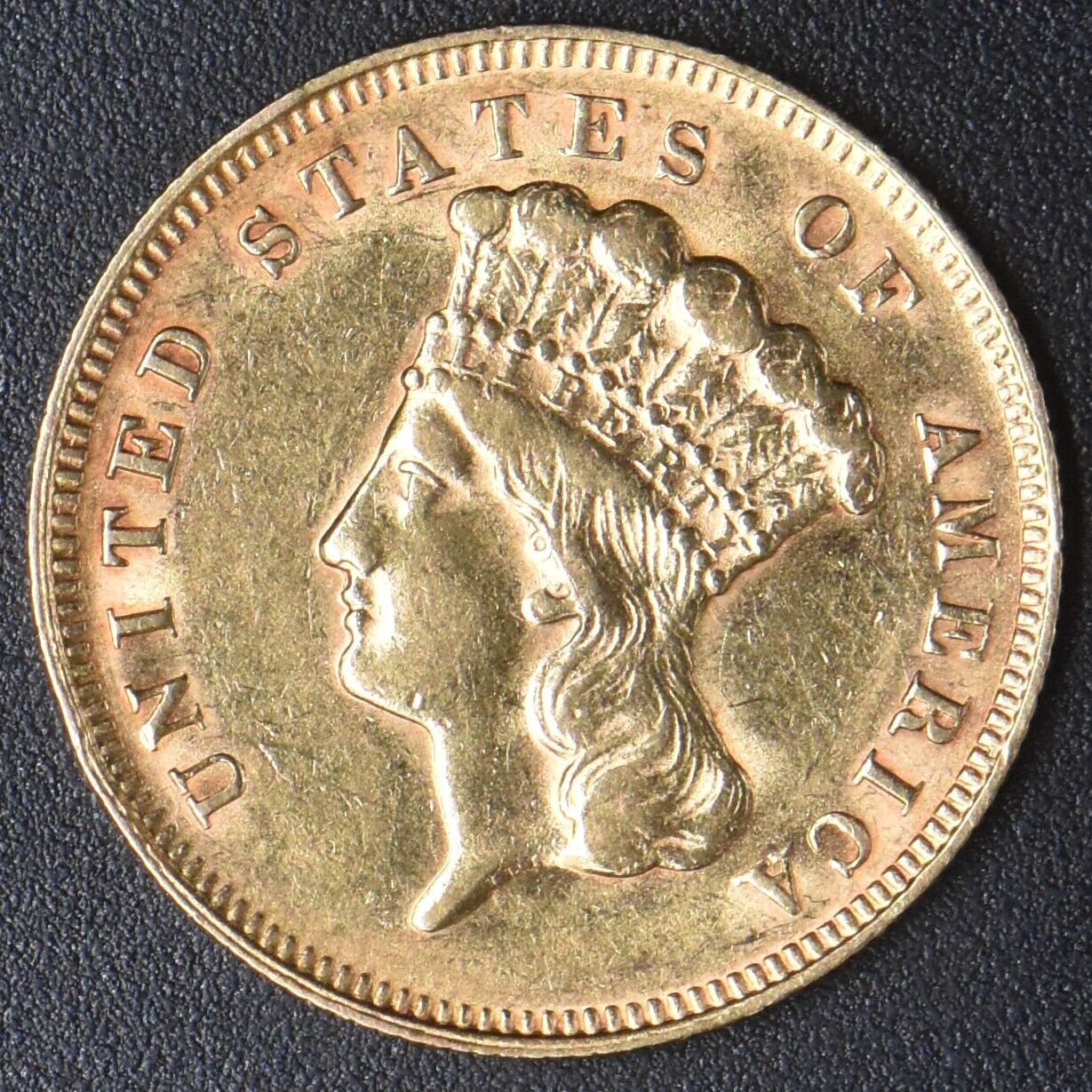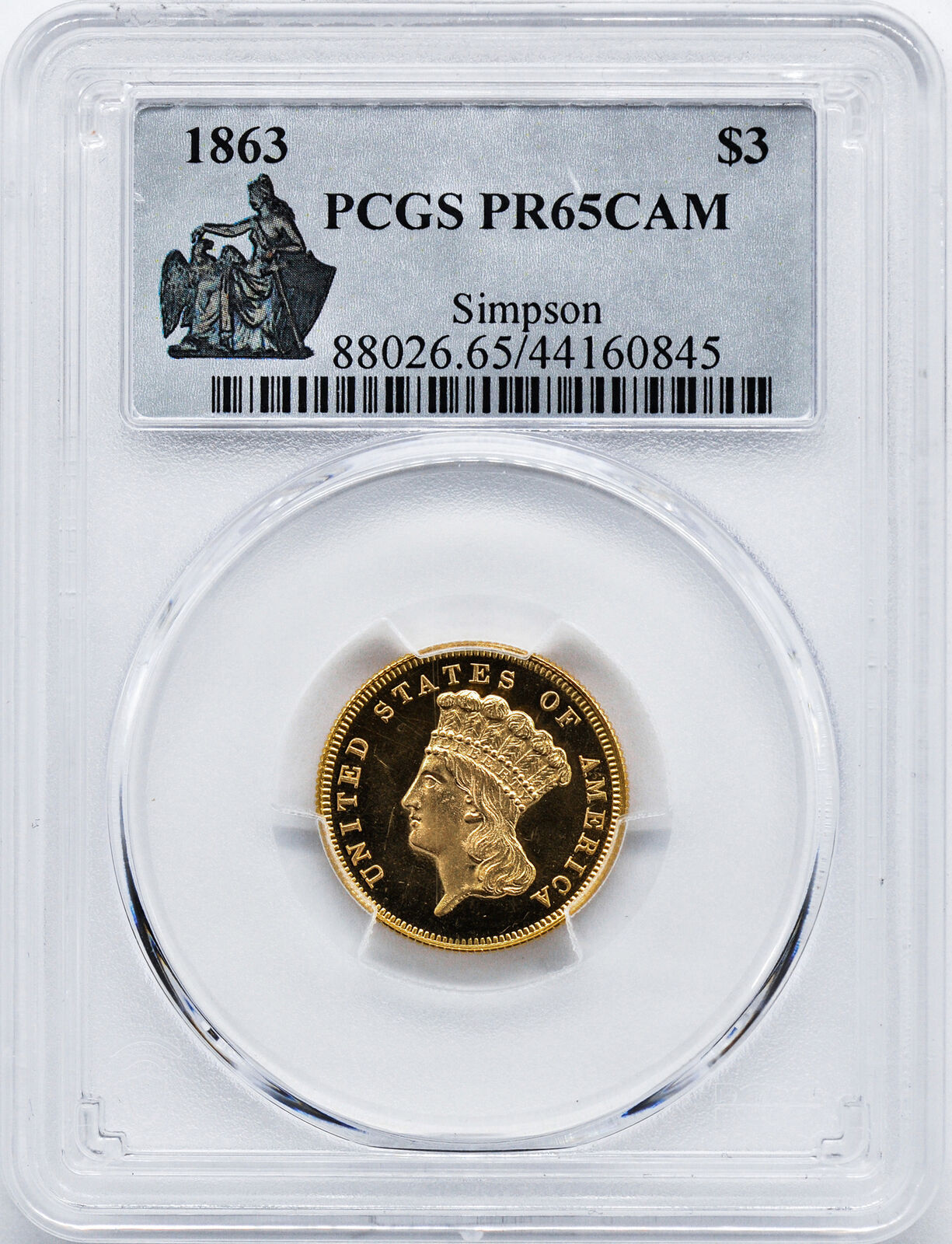-40%
1854-O INDIAN PRINCESS NGC MS 62
$ 41184
- Description
- Size Guide
Description
eBay StoreAbout Us
Add as Favorite
Feedback
Payment
Shipping
Contact
1854-O INDIAN PRINCESS NGC MS 62
Grading Service: NGC
Cert Number: 4627829007
SKU: 138348
Coin History
In 1853 the United States negotiated the “Gadsden Purchase”—settlement of a boundary dispute with Mexico that resulted in the U.S. acquiring what would become the southern portions of Arizona and New Mexico for 10 million dollars. The following year Commodore Matthew Perry embarked upon his famed expedition to re-open Japan to the Western world and establish trade. Spreading beyond its borders in many ways, a few years earlier the United States had joined the worldwide move to uniform postage rates and printed stamps when the Congressional Act of March 3, 1845 authorized the first U.S. postage stamps, and set the local prepaid letter rate at five cents. This set the stage for a close connection between postal and coinage history.
Exactly six years later, the postage rate was reduced to three cents when New York Senator Daniel S. Dickinson fathered legislation that simultaneously initiated coinage of the tiny silver three-cent piece as a public convenience. The large cents then in circulation were cumbersome and unpopular, and the new denomination was designed to facilitate the purchase of stamps without using the hated “coppers.”
This reasoning was carried a step further when the Mint Act of February 21, 1853 authorized a three-dollar gold coin. Congress and Mint Director Robert Maskell Patterson were convinced that the new coin would speed purchases of three-cent stamps by the sheet and of the silver three-cent coins in roll quantities. Unfortunately, at no time during the 35-year span of this denomination did public demand justify these hopes.
Chief Engraver James Barton Longacre chose an “Indian Princess” for his obverse—not a Native American profile, but actually a profile modeled after the Greco-Roman Venus Accroupie statue then in a Philadelphia museum. Longacre used this distinctive sharp-nosed profile on his gold dollar of 1849 and would employ it again on the Indian Head cent of 1859.
On the three-dollar coin Liberty is wearing a feathered headdress of equal-sized plumes with a band bearing LIBERTY in raised letters. She’s surrounded by the inscription UNITED STATES OF AMERICA. Such a headdress dates back to the earliest known drawings of American Indians—French artist Jacques le Moyne du Morgue’s sketches of the Florida Timucua tribe who lived near the tragic French colony of Fort Caroline in 1562. It was accepted by engravers and medalists of the day as the design shorthand for “America.”
Longacre’s reverse depicted a wreath of tobacco, wheat, corn and cotton with a plant at top bearing two conical seed masses. The original wax models of this wreath still exist on brass discs in a Midwestern collection and show how meticulous Longacre was in preparing his design. Encircled by the wreath is the denomination 3 DOLLARS and the date. There are two boldly different reverse types, the small DOLLARS appearing only in 1854 and the large DOLLARS on coins of 1855-89.
Many dates show bold “outlining” of letters and devices, resembling a double strike but probably the result of excessive forcing of the design punches into the die steel, causing a hint of their sloping “shoulders” to appear as part of the coin’s design. So common is this phenomenon on United States coins of the mid-19th century that it has acquired the name “Longacre doubling.”
A total of just over 535,000 pieces were issued along with 2058 proofs. The first coins struck were the 15 proofs of 1854. Regular coinage began on May 1, and that first year saw 138,618 pieces struck at Philadelphia (no mintmark), 1,120 at Dahlonega (D), and 24,000 at New Orleans (O). These two branch mints would strike coins only in 1854. San Francisco produced the three-dollar denomination in 1855, 1856, and 1857, again in 1860, and apparently one final piece in 1870. Mintmarks are found below the wreath.
Every U.S. denomination boasts a number of major rarities. The three-dollar gold coinage of 1854-1889 is studded with so many low-mintage dates that the entire series may fairly be called rare. In mint state 1878 is the most common date, followed by the 1879, 1888, 1854, 1889 and 1874 issues. Every other date is very rare in high grade, particularly 1858, 1865, 1873 Closed 3 and all the San Francisco issues. Minuscule mintages were the rule in the later years. Proof coins prior to 1859 are extremely rare and more difficult to find than the proof-only issues of 1873 Open 3, 1875 and 1876, but many dates are even rarer in the higher mint state grades. This is because at least some proofs were saved by well- heeled collectors, while few collectors showed any interest in higher-grade business strikes of gold coins. Counterfeits are known for many dates; any suspicious piece should be authenticated.
The rarest date of all is the unique 1870-S, of which only one example was struck for inclusion in the new Mint’s cornerstone. Either the coin escaped, or a second was struck as a pocket piece for San Francisco Mint Coiner J. B. Harmstead. In any event, one coin showing traces of jewelry use surfaced in the numismatic market in 190
Store Categories
Stores Home
Colonials
Half Cents
Large Cents
Small Cents
Two-Cent Pieces
Three-Cent Silvers
Nickels
Half Dimes
Dimes
Twenty-Cent Pieces
Quarter Dollars
Half Dollars
Flowing Hair Dollars
Seated Dollars
Trade Dollars
Morgan Dollars
Peace Dollars
One Dollar Gold
Two Fifty Gold
Three Dollar Gold
Five Dollar Gold
Ten Dollar Gold
Twenty Dollar Gold
Commemorative Gold
Commemorative Silver
Patterns
Territorial Gold
Three-Cent Nickels
Draped Bust Dollars
Gobrecht Dollars
Other












